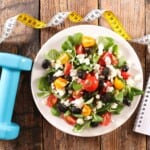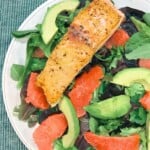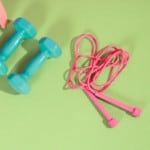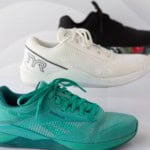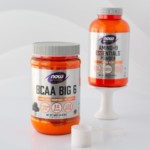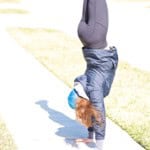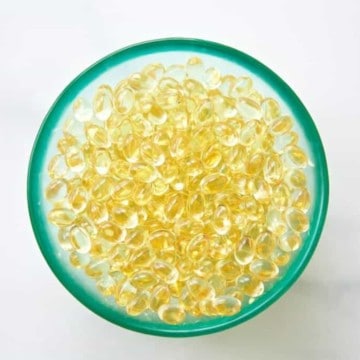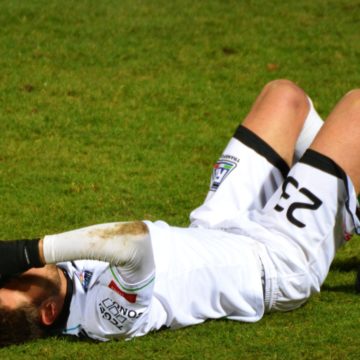
As a sports dietitian I work with a wide range of athletes and help them create the right game plan for proper nutrition. This almost always involves creating a meal plan that supports their training needs. Regardless of whether you are a professional athlete or recreational athlete, thinking through how you should eat is just as important as planning your training sessions.
The most important place to start in creating a healthy meal plan is to think about your eating rhythm - how often or when you need to eat to support your energy requirements. I find many serious athletes don’t eat enough during the day to support the volume of training they’re engaged in.
Pre and Post-Workout Snacks
One specific point in your day to consider is the timing for pre and post-workout snacks if that’s something you need for recovery. Eating before training or after training can provide important energy, nutrients, and building blocks to optimize performance and recovery.
If you’re unsure about when to eat as an athlete, book a sports nutrition consultation here! Together we can plan an eating rhythm that’s just right for you.
Once you determine your eating rhythm, the next step is to build balanced meals and strong snacks. This is where it can get challenging because a lot of factors are at play with meal planning like budget, cooking skills, access, storage capability, and food preferences.
Meal Planning
Keeping things simple is the best way to begin meal planning. It’s a skill, just like anything else, and you will get better at it with time.
Balanced meals can look like a lot of different combinations, but a simple starting place is this formula:
Palm size serving of protein + 1-2 handfuls of fruits and veggies + 1-2 handfuls of carbohydrate-based food.
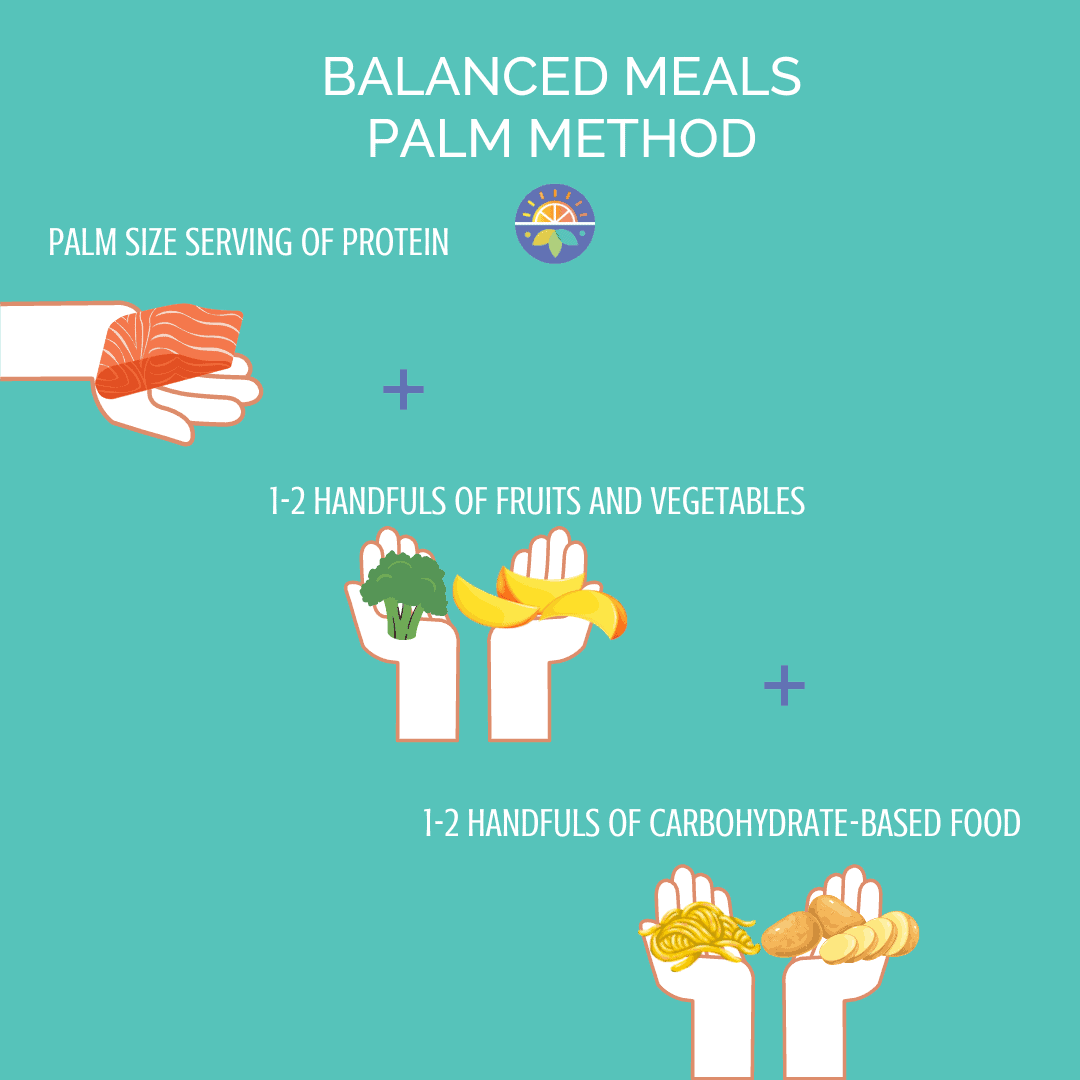
Play with this combination to find what helps you feel and function your best. Also experiment with adding some healthy fat into your meals from olive oil, avocado, nuts, seeds, and dairy.
Some athletes prefer a macronutrient range as a goal for building balanced meals. The macronutrients are carbohydrate, protein and fat. This can be a helpful way to look at food too but you should work with a sports dietitian to determine how much protein, carbs and fat is ideal for your body and performance goals. Parents of student athletes should visit Off Season Athlete for information specific to teenage athletes.

Did you know that I’ve written two cookbooks to help you plan healthy meals? Check out my cookbooks here.
Food Lists
Knowing what to eat and actually executing that plan can also be challenging. Lately I have been doing a lot of meal planning and grocery shopping for my clients so I’ve been scouring the grocery store for easy ideas for meal prep. Here’s the foods I’ve been recommending lately to make meal planning for my athletes easy and doable.
Lean Proteins
Tempeh: Tempeh is a good option for vegan protein that is made from soybeans. It's thick and has a meaty texture plus it’s a fermented food and contributes to optimal gut health. One slab can cost under $3 and provides 20 grams of protein. It's easy to eat and flavor however you like. I crumble mine on top of a salad with my favorite dressing.
Rotisserie Chicken: Athletes have busy schedules, so when you don't want to cook but need protein, these pre-cooked chickens are perfect. It is a large enough portion to provide enough protein for any athlete’s needs. The price is still pretty good for the quantity you get and it's extremely versatile and handy to have on hand for a variety of meal prep options. If you want to save even more money, try making your own whole chicken with this Slow Cooker Roasted Chicken.
Salmon: Most athletes aren't eating enough omega-3 rich foods, specifically seafood. Salmon is easy to cook (broiled for 7 minutes) and is meeting so many essential nutritional needs. Try this recipe for Sheet Pan Salmon Dinner. You can often find pre-seasoned and cooked salmon fillets for those who are not comfortable cooking it themselves.
Frozen Shrimp: Frozen shrimp are a lifesaver for quick meal prep and something to keep in your freezer at all times. They defrost quickly (even faster if you use a defrosting plate like this) and cook in just a couple of minutes. Athletes should strive to eat more seafood because it’s a very lean protein source and has a strong correlation to a reduced risk of heart disease.
Oikos Pro Yogurt: Dairy products are an excellent source of protein and high protein, non-Greek yogurt is a game changer for athletes. This brand of yogurt provides 20 gram of whey protein in one easy to eat serving. This is an option to add to breakfast or to eat as an easy snack.
Turkey or Beef Jerky: Jerky is a perfect on the go protein for athletes. It’s not the cheapest option but it sure is convenient. Look for brands with a short list of natural ingredients.
Core Power High Protein Milkshakes: These premade protein shakes are not the cheapest, but they sure are an excellent, portable shake choice. If you can swing them, it just makes it so easy to get in either 26 or 42 grams of protein on the go. You certainly do not need these shakes as you can mix your own very easily, but they are really nice for athletes who need something they can take with them.
Fresh Fruit
Apples: Apples are a very nutritious food but often overlooked by endurance athletes. They provide fiber, something most people are lacking, and can help improve gut health which ultimately benefits peak performance. Enjoy apple in a delicious make ahead breakfast with these Pumpkin Apple Overnight Oats.
Mango: A ¾ cup of mango provides 50% of your daily value of vitamin C, something athletes need to pay attention to for strengthening their immune system. Mango is deliciously sweet and an excellent choice for satisfying a sweet tooth. Try this Mango Beet Breakfast Smoothie for a super nutritious way to kick-start your morning.

Oranges: This old school sports food is still a great option for nutrients but also for maintaining hydration levels and energy levels. Easy to peel mandarin oranges are super portable and a good fit to eat between training sessions.
Berries: Anti-inflammatory foods are an important part of an athlete’s diet. I prescribe a daily serving of berries to every athlete. The nutrients in berries are connected to so many health benefits. Plus, their ability to aid in fighting inflammation and supporting recovery are two big reasons I want my athletes to eat them daily. A great way to enjoy berries is in a smoothie, like this Night Time Smoothie for Athletes.
Leafy Greens
Salad: While you don't have to eat salads to have a healthy lifestyle, they are an easy way to get veggies. I find most athletes are open to eating a salad daily as a way to get in veggies. Premade options are a good idea to grab and go when needed.
Healthy Fats
Sunflower seeds, pistachios, Brazil nuts: Nuts and seeds are foods high in micronutrients that athletes need. Sunflower seeds are a common food found on ballfields so most athletes are happy to know they are a healthy choice too. Brazil nuts are nutrient powerhouses and simply eating 1-2 a day can help you meet your needs for key nutrients. Read more about 5 Reasons Pistachios Make Healthy Easy.
Carbohydrate + Protein Combination Foods
Whole Grains are a crucial component in an athlete's diet and you shouldn’t be afraid to eat them. When you choose whole grains you are not only getting energy to replenish what your body needs but fiber and important nutrients too. Plus, carbs bring a lot of enjoyment to meals. All of these ideas also provide easy protein so you get more bang for your buck.
Kodiak Oatmeal Power Cups: I love these oatmeal cups because they are a really easy meal option for athletes. I personally love it as a post-workout snack too because it replenishes energy and provides nearly 15 grams of protein. When you make it milk, you bump that number up closer to 20 grams.
Quaker Instant Oatmeal Protein: This is another high protein oatmeal option I like and a little more cost effective. Once again, make this with milk to up the protein content.
Dave's Killer Bread White Done Right: When an athlete is not used to whole grain bread I always have them start with this option. It’s super soft whole wheat bread, providing extra fiber and a little protein.
Protein + Barilla pasta- I have loved this pasta for years and sold many athletes on it too. It is made with chickpea flour, even before that was cool, making this a high protein and high fiber pasta option.
Lentils & Beans - Legumes are a powerhouse of protein, fiber and nutrition. They are also really cost effective. Canned options are wonderfully convenient but if you can get comfortable with making them from dry, you will really save some money. Check out this recipe for Easy Instant Pot Black Beans (Without Soaking) to make enough beans for several meals in under an hour.
Additional Resources
For female athletes, be sure to check out my articles on the Best Protein Powder for Women and Why Women Should Consider Taking Creatine. Follow Make Healthy Easy on Instagram for more nutrition tips.

